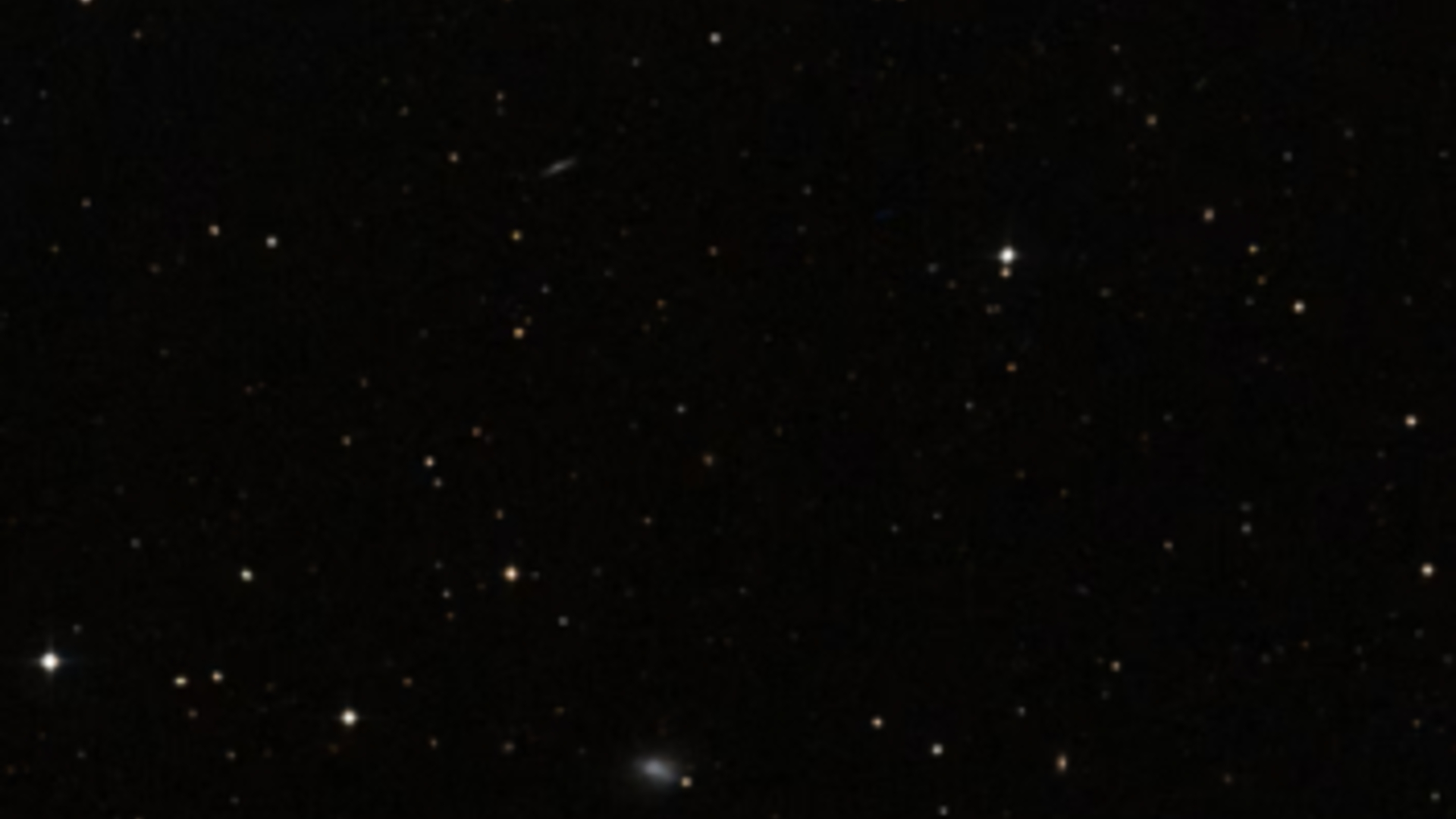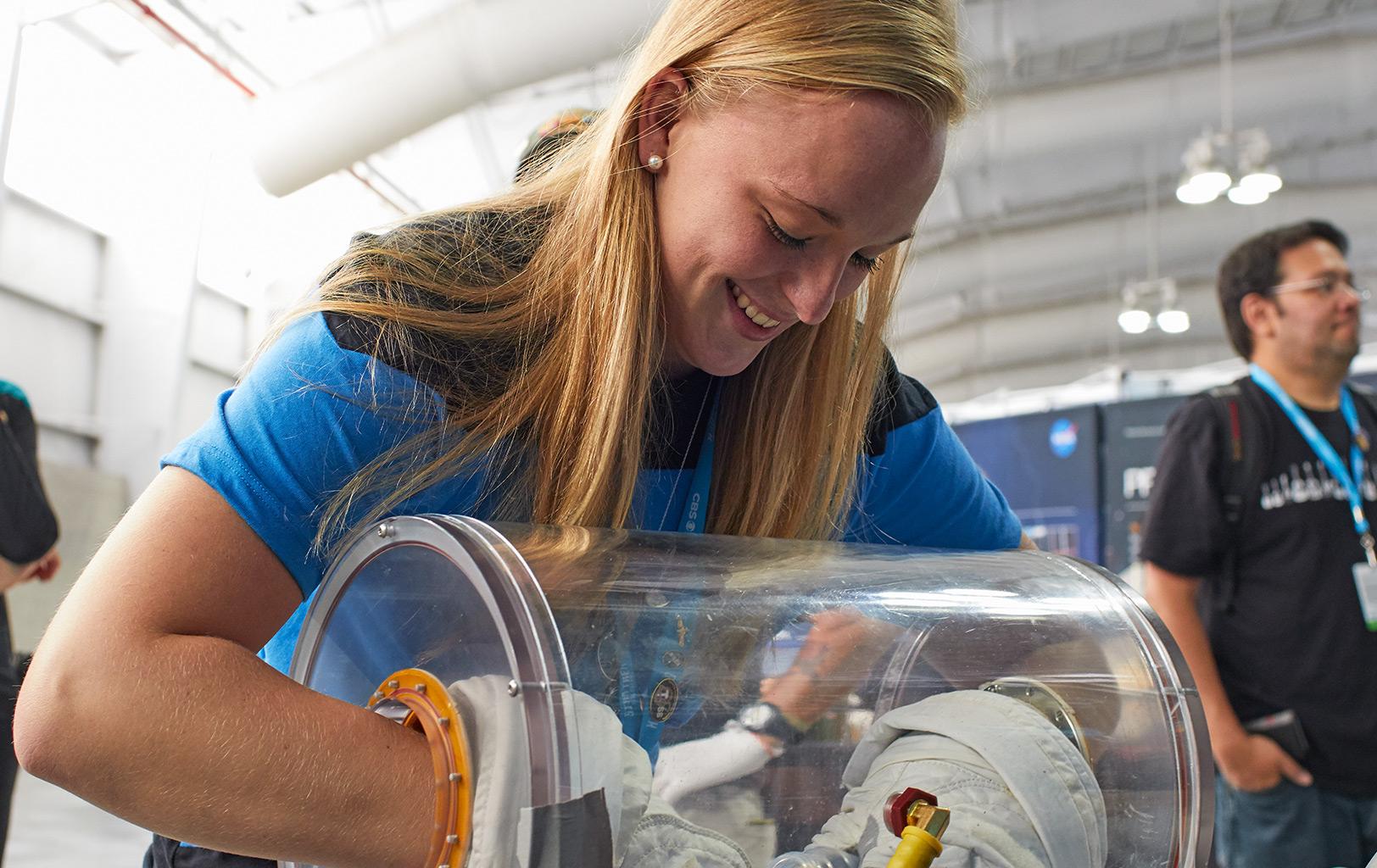Enormous black hole unexpectedly found in tiny galaxy
Scientists once thought this tiny galaxy was held together by dark matter.

An unexpected monster black hole was found hiding inside one of the Milky Way's tiniest neighbors, rewriting what scientists thought they knew about how small galaxies hold themselves together.
Segue 1 is an ultra-faint dwarf galaxy located about 75,000 light-years from Earth, making it a very close neighbor of the Milky Way. Advanced modeling technologies revealed that the galaxy appears to be dominated not by dark matter as long believed, but rather by a central black hole roughly 450,000 times the mass of the sun, according to a statement from the University of Texas McDonald Observatory.
"Our work may revolutionize the modeling of dwarf galaxies or star clusters to include supermassive black holes instead of just dark matter halos," Nathaniel Lujan, a graduate student at the University of Texas at San Antonio and lead author of the study, said in the statement.
Segue 1 is one of the Milky Way’s faintest companions, containing only a few hundred to a few thousand stars — far too few to generate enough gravity to stay intact. Astronomers have long assumed massive dark matter halos provide the gravity needed to keep such small galaxies intact.
However, when researchers modeled the motions of stars within Segue 1, the only simulations that matched observations from the W.M. Keck Observatory were those featuring a heavyweight black hole at the galaxy’s core. The models showed that the stars located near the center were traveling in quick, tight circles, which is a tell-tale sign of an immense gravitational pull generated by a black hole.
"The black hole in Segue 1 is significantly larger than what is expected,” Karl Gebhardt, a professor of astrophysicists at the University of Texas at Austin and co-author of the study, said in the statement. “If this large mass ratio is common among dwarf galaxies, we will have to rewrite how these systems evolve."
The newly discovered black hole outweighs all the galaxy's stars combined by about a factor of ten, which is uncommon among most galaxies in the universe, according to the statement.
Breaking space news, the latest updates on rocket launches, skywatching events and more!
Given Segue 1's proximity to the Milky Way, the researchers suggest that the dwarf galaxy may have once been larger, but lost most of its stars over time to the Milky Way’s tidal forces.
Segue 1 could also be a nearby counterpart to a newly discovered class of galaxies called "little red dots" — compact, early galaxies that formed with massive black holes and only a sprinkling of stars. While those distant systems are almost impossible to study directly, Segue 1 offers astronomers a rare chance to examine similar processes unfolding much closer to home.
Either way, the discovery challenges long-standing ideas about how small galaxies form and evolve — and reveals that even the faintest corners of the cosmos can harbor big surprises.
Their findings were published Oct. 14 in the Astrophysical Journal Letters.

Samantha Mathewson joined Space.com as an intern in the summer of 2016. She received a B.A. in Journalism and Environmental Science at the University of New Haven, in Connecticut. Previously, her work has been published in Nature World News. When not writing or reading about science, Samantha enjoys traveling to new places and taking photos! You can follow her on Twitter @Sam_Ashley13.
You must confirm your public display name before commenting
Please logout and then login again, you will then be prompted to enter your display name.
